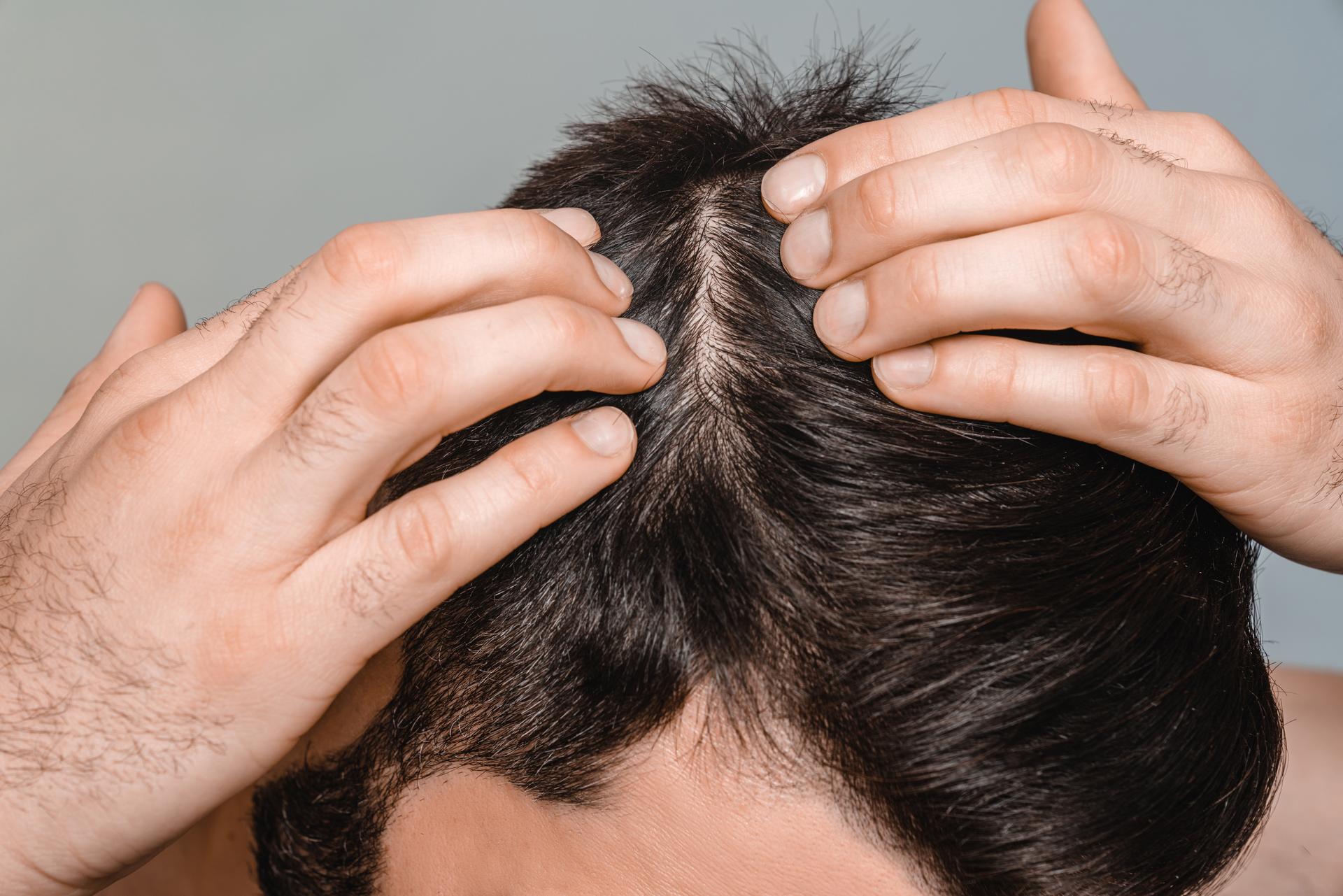Stimulation of endogenous repair in neurodegenerative diseases, such as Parkinson’s disease (PD), appears to be a novel and promising therapeutic application of stem cells (SCs). In fact SCs could propel local microenvironmental signals to sustain active endeavors for damaged neurons substitution, normally failing in non-supportive pathological surroundings. In this study, we demonstrated that two different doses of naïve human adult mesenchymal stem cells (hMSCs), implanted in the striatum of rats lesioned with 6-hydroxydopamine (6-OHDA), positively survived 23 days after transplantation. Their fate was directly influenced by the surrounding host environment while grafted hMSCs, dose dependently, regionally sustained the survival of striatal/nigral dopaminergic terminals and enhanced neurogenesis in the Subventricular Zone (SVZ). The number of proliferative cells (Ki67/Proliferating Cell Nuclear Antigen +) as well as neuroblasts migration significantly augmented in the lesioned striatum of transplanted animals compared to controls. No SVZ astrogenesis was detected in all experimental conditions, irrespectively of graft presence.
Activation of endogenous stem cell compartments and rescue of dopaminergic neurons, supported by the persistent release of specific cytokine by MSCs in vivo, appeared in principle able to contrast the neurodegenerative processes induced by the 6-OHDA lesion. Our results suggest that reciprocal influences between grafted cells and endogenous neural precursors could be important for the observed neurorescue effect on several brain regions. Altogether, our data provide remarkable cues regarding the potential of hMSCs in promoting endogenous reparative mechanisms that may prove applicable and beneficial for PD results.
URL: https://www.sciencedirect.com/science/article/pii/S0006899309024950


